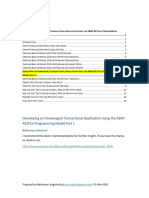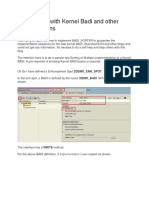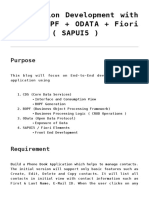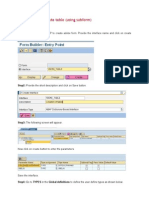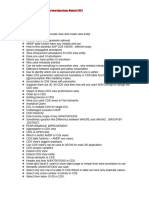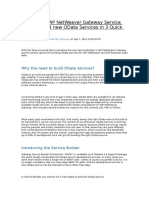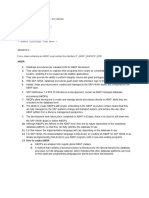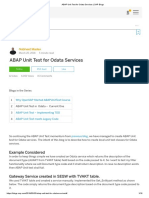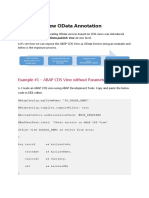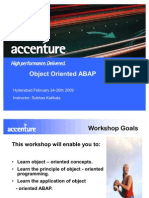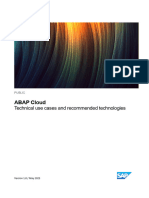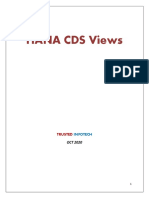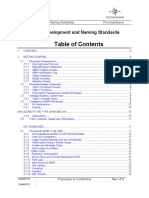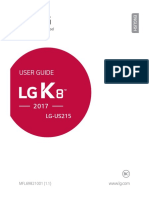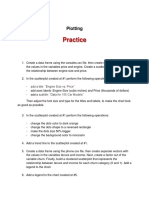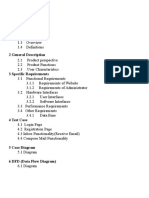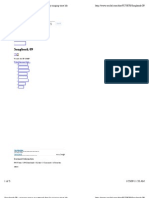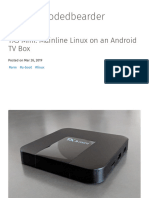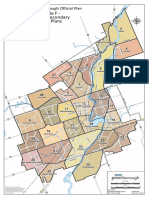0% found this document useful (0 votes)
1K views100 pagesABAP RESTful Programming Model - V1
A data definition (ZI_TRAVEL_M_XXX) is created to define the semantic data model using the database table as the source, associations to other entities are defined, and a projection view (ZC_TRAVEL_M_XXX) is created to select relevant fields for the application.
Uploaded by
Vinay Prakash DasariCopyright
© © All Rights Reserved
We take content rights seriously. If you suspect this is your content, claim it here.
Available Formats
Download as DOCX, PDF, TXT or read online on Scribd
0% found this document useful (0 votes)
1K views100 pagesABAP RESTful Programming Model - V1
A data definition (ZI_TRAVEL_M_XXX) is created to define the semantic data model using the database table as the source, associations to other entities are defined, and a projection view (ZC_TRAVEL_M_XXX) is created to select relevant fields for the application.
Uploaded by
Vinay Prakash DasariCopyright
© © All Rights Reserved
We take content rights seriously. If you suspect this is your content, claim it here.
Available Formats
Download as DOCX, PDF, TXT or read online on Scribd
/ 100
